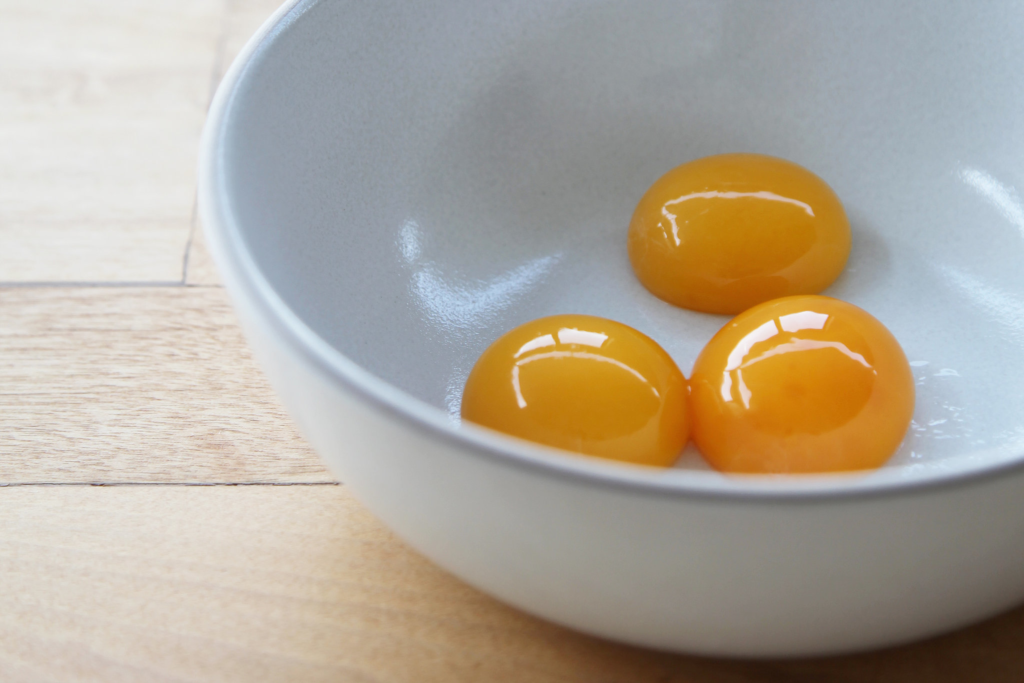Many people enjoy the pleasure of indulging in delicious and flavorful meals, often seeking new culinary experiences. However, it’s crucial to be mindful of the potential health consequences associated with consuming too much oily and spicy food. Balancing taste with health considerations is essential.
A key aspect of maintaining good health is making wise food choices. Prioritizing the consumption of nutritious and fresh foods plays a vital role in overall well-being. Unfortunately, amidst our love for tasty yet unhealthy dishes, we may overlook the health-boosting properties of certain foods.
let us take a look at a few foods that provide a high amount of Vitamin D.
Caviar

Caviar, a delicacy enjoyed by the affluent, consists of unfertilized fish eggs known as roe. The finest quality of Caviar is derived from the wild sturgeon fish species primarily found in the Caspian Sea. With its exquisite taste and rarity, Caviar demands a high price tag. A kilogram of Caviar can cost around 30 to 35 lakhs, making it one of the most expensive food items in the world.
Pork Chops

Pork chops are a popular cut of meat from pigs. They are similar to other types of meat chops and are taken from the pig’s ribs or vertebrae. One interesting fact about pork chops is that they are a good source of Vitamin D. Approximately 20-50 I.U. of Vitamin D can be found per 100 grams of pork chops, making them a non-vegetarian vitamin D source.
Breakfast Cereal

Breakfast Cereal is known to be a beneficial source of Vitamin D, among other essential nutrients. Many individuals opt for cereal as their go-to breakfast choice due to its perceived health benefits. This breakfast option is considered suitable for people of all ages, aiming to kickstart their day with a nutritious meal.
Fish/Sea Fish

Fish is known to be an excellent source of Vitamin D, particularly in fatty fish varieties. Among the different types of fish, Salmon stands out as the best source of Vitamin D. However, it’s important to note that the Vitamin D content can vary between different fish species, ranging from 100 to 850 I.U. per 100 grams. For instance, in 100 grams of Salmon fish, you can find 526 I.U. of Vitamin D. Sardines, another popular fish, contain 270 I.U. of Vitamin D in the same quantity. Tuna, which is commonly enjoyed, provides 85 I.U. of Vitamin D per 100 grams. Swordfish, with its unique flavor, contains approximately 558 I.U. of Vitamin D in the same 100-gram portion. Even shrimp, a favorite seafood option, offers a good amount of Vitamin D with 120 I.U. per 100 grams. Given the abundance of Vitamin D in these fish varieties, incorporating them into your diet can be highly beneficial. Whether you prefer the rich taste of Salmon, the convenience of canned Sardines, the versatility of Tuna, the indulgence of Swordfish, or the delicate flavors of shrimp, you have plenty of choices to meet your Vitamin D needs naturally. So, go ahead and enjoy these fish to boost your Vitamin D intake!
Cod liver oil

Cod is a large fish species commonly found deep in the Atlantic Ocean. Its size is quite significant. From the liver of the cod fish, a valuable oil called cod liver oil is extracted. This oil is renowned for being an excellent source of both vitamin D and vitamin A. Specifically, cod liver oil is considered one of the richest sources of Vitamin D. For every 100 grams of cod liver oil, you can find 8400 IU of vitamin D. Even just one teaspoon of cod liver oil contains around 450 international units (I.U) of vitamin D. For individuals who prefer not to consume non-vegetarian or fish products, cod liver oil provides a very beneficial alternative to obtain essential nutrients like vitamin D and vitamin A.
Canned tuna

Tuna is a fish predominantly found in the Indian Ocean. It is known for its abundance of Omega 3, Vitamin K, and Vitamin B, which offer numerous health benefits. In a 100-gram serving of tuna fish, you can get 85 I.U of vitamin D. Interestingly, canned tuna is also a great source of Vitamin D, providing 268 I.U of vitamin D in every 100 grams. This makes canned tuna a convenient and nutritious option for consumers. One of the reasons for the popularity of canned tuna among consumers is its delicious taste and easy storage. Moreover, it often proves to be a more cost-effective choice compared to purchasing fresh fish.
Fortified Milk / Standard Milk Formulae

Vitamin D content in cow and buffalo milk is quite low. In 100g of cow milk, only 1 I.U of vitamin D is present. As a result, consuming half a liter of cow or buffalo milk would provide just 5 international units of vitamin D, which is insufficient. The deficiency of vitamin D in milk extends to milk-derived products like curd and paneer. These products also contain minimal amounts of vitamin D. Consequently, relying solely on milk and its products may not meet the body’s vitamin D requirements.
Egg yolks

For those who prefer alternatives to fish, egg yolks can be an excellent source of vitamin D. While the white portion of an egg contains only negligible amounts of vitamin D, the yellow portion is rich in this essential nutrient. Consuming 100 grams of egg yolks provides approximately 125 IU of vitamin D, making it a viable option for individuals who enjoy eating eggs. Adding egg yolks to your diet can contribute significantly to your vitamin D intake. With 125 IU of vitamin D per 100 grams, egg yolks offer a practical and tasty solution for those who are not fond of fish but still want to maintain adequate vitamin D levels. So, if you’re an egg enthusiast, you have a good reason to savor those yolks!
Mushrooms

There are limited vegetarian food sources that contain vitamin D, and mushrooms are one of them. For individuals who follow a vegetarian diet, mushrooms can serve as a good source of this essential vitamin. Not all mushrooms are equal in terms of vitamin D content. Those mushrooms that grow in sunlight have significantly higher levels of vitamin D compared to mushrooms that grow indoors. The difference in vitamin D content can range from 75 to 450 IU per 100 grams in different mushroom varieties.
Soya Milk

We know that Vitamin D is not naturally abundant in regular milk. However, when milk is fortified, the amount of Vitamin D increases. Today, the market offers various types of milk, including soya milk, which is made from soybeans. To prepare soya milk, peeled soybeans are ground and mixed with milk, resulting in a rich source of Vitamin D. In every 100 grams of soya milk, you can find 20-50 I.U. of Vitamin D. Moreover, soya milk offers numerous health benefits.






